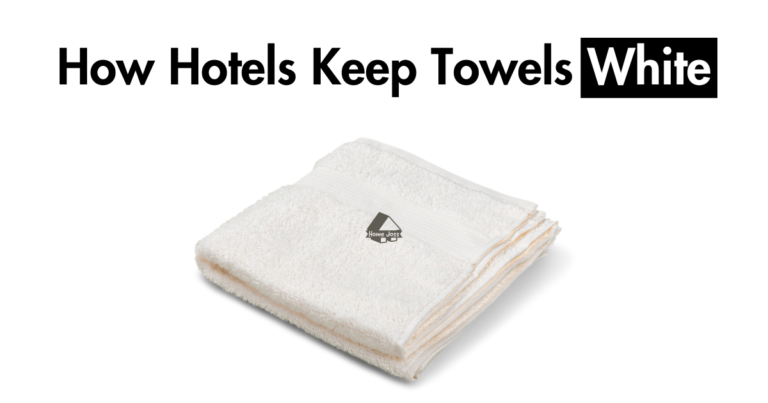Towels are a common household item, yet their ability to dry things efficiently is a marvel of textile engineering. Let’s delve into the science behind this everyday phenomenon.
How Does a Towel Dry Things?
At its core, a towel dries objects by absorbing water. This process is facilitated by the material of the towel, typically cotton or microfiber, which is composed of numerous tiny fibers.
These fibers, due to their structure and the spaces between them, can hold a notable amount of water relative to their size. When a wet object comes into contact with a towel, the water is transferred to the towel through a process called capillary action.
Capillary Action
Capillary action is the ability of a liquid to flow in narrow spaces without the assistance of external forces. In the context of towels, the tiny spaces between the fibers act as capillaries.
Water molecules are attracted to the towel’s fibers, causing the liquid to move up the narrow spaces, spreading throughout the towel and away from the object being dried.
Material Matters: Cotton vs. Microfiber
Here’s a simple table to help you understand the differences between cotton and microfiber towels:
| Feature | Cotton Towels | Microfiber Towels |
|---|---|---|
| Absorbency | High, absorbs a lot of water | Very high, quick absorption |
| Drying Time | Slower to dry | Dries quickly |
| Durability | Very durable | Durable with careful washing |
| Softness | Naturally soft | Less soft than cotton |
| Environmental Impact | Resource-intensive cultivation | Sheds microplastics in the wash |
| Cost | Varies, can be expensive | Generally more affordable |
| Best Uses | Bath and hand towels | Travel, sports, cleaning |
| Care | Easy, machine washable | Requires careful washing |
When choosing between cotton and microfiber towels, think about what you need the towel for. Cotton towels are super absorbent and soft, great for drying off after a shower. They’re sturdy but take a bit longer to dry. Microfiber towels, on the other hand, dry super fast and are awesome for sports or travel because they’re light and easy to pack.
They’re not as soft as cotton but are good at soaking up water quickly. Cotton is more natural but needs lots of water to grow, while microfiber is made from man-made materials and can be less expensive. So, pick cotton for comfort and home use, and microfiber for quick-drying and on-the-go situations.
Important Informations Regarding Towels
Towel Weave and Absorbency: The way a towel is woven also impacts its drying ability. Looser weaves with larger loops provide more space for water to be absorbed, making the towel more efficient at drying.
Role of Surface Area: A larger surface area means more space for water absorption. This is why towels are often fluffy; the raised loops create a larger surface area, enhancing the towel’s ability to soak up water.
Maintenance for Maximum Efficiency: To keep towels absorbent, it’s important to wash and dry them properly. Fabric softeners and excessive detergent can coat the fibers, reducing their ability to absorb water.
Towel Hygiene: Regular washing is crucial for towel hygiene. Damp towels can become breeding grounds for bacteria and mold, so it’s important to dry them thoroughly after each use and wash them regularly.
FAQs About Towel Drying
How often should I wash my towels?
Ideally, after every 3-4 uses to maintain hygiene and absorbency.
Why do new towels seem less absorbent?
Manufacturers often coat new towels in fabric softeners for a plush feel, which can temporarily reduce absorbency.
Can I increase a towel’s absorbency?
Yes, by avoiding fabric softeners and using vinegar in the wash cycle occasionally to remove residue.
Why do towels lose their absorbency over time?
The build-up of detergents, fabric softeners, and body oils can coat the fibers, reducing their ability to absorb water.
Is it better to air-dry or machine-dry towels?
While air-drying is more energy-efficient, machine-drying can fluff up the fibers, enhancing absorbency.
The science behind a towel’s ability to dry things is a fascinating blend of physics and textile engineering. Understanding this can not only deepen our appreciation for everyday objects but also guide us in choosing and maintaining the right towels for our needs.


